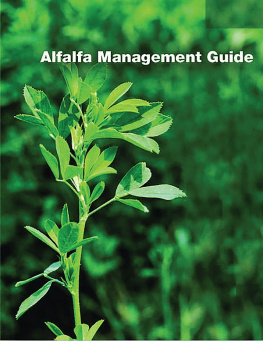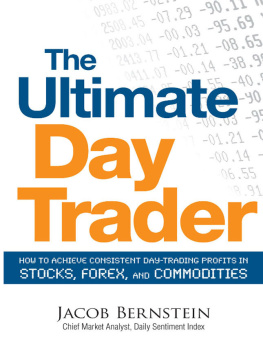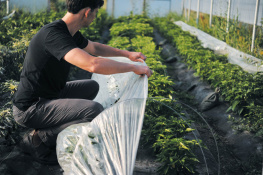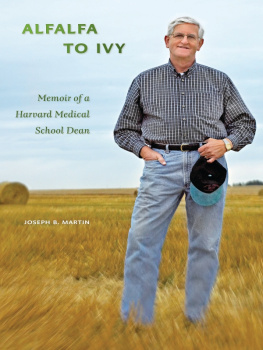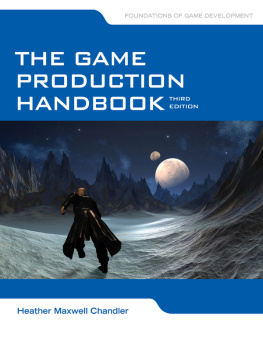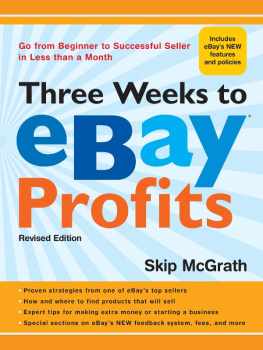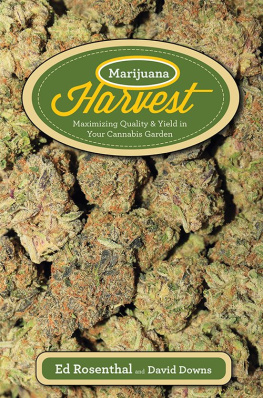Dan Undersander - Alfalfa Management Guide
Here you can read online Dan Undersander - Alfalfa Management Guide full text of the book (entire story) in english for free. Download pdf and epub, get meaning, cover and reviews about this ebook. City: Hoboken, year: 2021, publisher: Wiley, genre: Romance novel. Description of the work, (preface) as well as reviews are available. Best literature library LitArk.com created for fans of good reading and offers a wide selection of genres:
Romance novel
Science fiction
Adventure
Detective
Science
History
Home and family
Prose
Art
Politics
Computer
Non-fiction
Religion
Business
Children
Humor
Choose a favorite category and find really read worthwhile books. Enjoy immersion in the world of imagination, feel the emotions of the characters or learn something new for yourself, make an fascinating discovery.
- Book:Alfalfa Management Guide
- Author:
- Publisher:Wiley
- Genre:
- Year:2021
- City:Hoboken
- Rating:4 / 5
- Favourites:Add to favourites
- Your mark:
- 80
- 1
- 2
- 3
- 4
- 5
Alfalfa Management Guide: summary, description and annotation
We offer to read an annotation, description, summary or preface (depends on what the author of the book "Alfalfa Management Guide" wrote himself). If you haven't found the necessary information about the book — write in the comments, we will try to find it.
Alfalfa Management Guide — read online for free the complete book (whole text) full work
Below is the text of the book, divided by pages. System saving the place of the last page read, allows you to conveniently read the book "Alfalfa Management Guide" online for free, without having to search again every time where you left off. Put a bookmark, and you can go to the page where you finished reading at any time.
Font size:
Interval:
Bookmark:


Authors
Dan Undersander
Extension agronomist, forages University of Wisconsin
Mark Renz
Extension agronomist, weed control University of Wisconsin
Craig Sheaffer
Research agronomist University of Minnesota
Glen Shewmaker
Extension agronomist University of Idaho
Mark Sulc
Extension agronomist
The Ohio State University
The authors wish to thank reviewers from industry and various universities for their suggestions and everyone who supplied photos, including those not specifically mentioned:
Steve Bicen, University of Wisconsinanthracnose; aphanomyces, roots; Fusarium wilt, roots; Phytophthora, roots; root assessment; verticillium wilt, root
Dennis Cosgrove, University of Wisconsinautotoxicity
Jim Ducytitle page photo
Del Gates, Kansas State Universityalfalfa weevils
Craig Grau, University of Wisconsinaphanomyces, stunting; bacterial wilt, stunting; black stem, lesions; Fusarium wilt, field; Phytophthora, plant; sclerotinia; stand assessment; verticillium wilt, plants
B. Wolfgang Hoffmann, University of Wisconsinalfalfa plant, page 1; alfalfa flowers
Eric Holub, University of Wisconsinaphanomyces, seedling
Jeffrey S. Jacobsen, Montana State Universitynutrient deficienciesall except boron leaf (from Diagnosis of Nutrient Deficiencies in Alfalfa and Wheat)
Pioneer Hi-Bred International, Inc. alfalfa closeups; cover photo ; cow; inside cover
Lanie Rhodes, Ohio State Universityblack stem, leaves; common leaf spot; lepto leaf spot
Marlin E. Rice, Iowa State Universityalfalfa weevil, blister beetles; clover leaf weevils; grasshopper; pea aphids; plant bug, adults; potato leafhopper, adult; spittlebug; variegated cutworm
Judy A. Thies, USDA-ARSroot-lesion nematodes
John Wedberg, University of Wisconsinalfalfa blotch leafminer; clover root curculio, damage
Thanks also to Bruce Gossen and Real Michaud, research scientists at Agriculture and Agri-Food Canada, for their contributions to the disease maps.
This publication is a joint effort of:
University of Wisconsin-Extension,
Cooperative Extension
Minnesota Extension Service,
University of Minnesota
Iowa State University
Cooperative Extension Service
Published by:
American Society of Agronomy, Inc.
Crop Science Society of America, Inc.
Soil Science Society of America, Inc.
2015 by American Society of Agronomy, Inc., Crop Science Society of America, Inc., and Soil Science Society of America, Inc.
All rights reserved. No part of this publication may be reproduced or transmitted without permission from the publishers.
The views expressed in this publication represent those of the individual Editors and Authors. These views do not necessarily reflect endorsement by the Publisher(s). In addition, trade names are sometimes mentioned in this publication. No endorsement of these products by the Publisher(s) is intended, nor is any criticism implied of similar products not mentioned.
ISBN: 978-0-89118-347-1
Library of Congress Control Number:
2015956808
Editor: Lisa Al-Amoodi
Designer: Patricia Scullion
Editor previous editions: Linda Deith
Designer previous editions: Susan Anderson
Printed in the USA.

Profitable forage production depends on high yields. Land, machinery, and most other operating costs stay the same whether harvesting 3 tons per acre or 6 tons per acre. Top yields in the northern United States have approached 10 tons per acre while average yields are around 3 tons per acre. This booklet describes what it takes to move from a 3-ton yield to 6 or 9 tons per acre.


A vigorously growing, dense stand of alfalfa forms the basis for profitable forage production. Profitable stands are the result of carefully selecting fields with well-drained soil, adding lime and nutrients if needed, selecting a good variety, and using appropriate planting practices to ensure germination and establishment.
Alfalfa requires a well-drained soil for optimum production. Wet soils create conditions suitable for diseases that may kill seedlings, reduce forage yield, and kill established plants. You can reduce some disease problems associated with poor drainage by selecting varieties with high levels of resistance and by using fungicides for establishment. Poor soil drainage also reduces the movement of soil oxygen to roots. Poor surface drainage can cause soil crusting and ponding which may cause poor soil aeration, micronutrient toxicity, or ice damage over winter. Even sloping fields may have low spots where water stands, making it difficult to maintain alfalfa stands.
Soils should be deep enough to have adequate water-holding capacity.
Alfalfa has a long taproot that penetrates more deeply into the soil than crops such as corn or wheat which have more fibrous, shallow roots. Under favorable conditions, alfalfa roots may penetrate over 20 feet deep. This great rooting depth gives alfalfa excellent drought tolerance.
Sloping fields where erosion is a problem may require use of erosion control practices such as planting with a companion crop or using reduced tillage to keep soil and seed in place until seedlings are well rooted.
Fields should be free of perennial weeds such as quackgrass. If not controlled before seeding, these weeds may re-establish faster than the new alfalfa seedlings and reduce stand density.
Weed management is discussed in more detail in the Production section.
Fields should be free from herbicide carryover that may affect growth of the new alfalfa and/or companion crop. This is especially important after drought years and on fields where high herbicide application rates or late-season applications of long-lasting herbicides were used.
Alfalfa plants produce toxins that can reduce germination and growth of new alfalfa seedings. This phenomenon is known as autotoxicity. The extent of the toxins influence increases with the age and density of the previous alfalfa stand when it was killed.
The autotoxic compounds are water soluble and are concentrated mainly in the leaves. The compounds impair development of the seedling taproot by causing the root tips to swell and by reducing the number of root hairs (). This limits the ability of the seedling to take up water and nutrients and increases the plants susceptibility to other stress factors.
 Next page
Next pageFont size:
Interval:
Bookmark:
Similar books «Alfalfa Management Guide»
Look at similar books to Alfalfa Management Guide. We have selected literature similar in name and meaning in the hope of providing readers with more options to find new, interesting, not yet read works.
Discussion, reviews of the book Alfalfa Management Guide and just readers' own opinions. Leave your comments, write what you think about the work, its meaning or the main characters. Specify what exactly you liked and what you didn't like, and why you think so.

